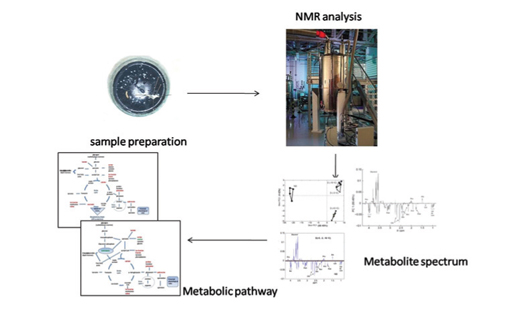Metabolomic analysis of diapausing and non-diapausing larvae of European corn borer Ostrinia nubilalis (Hbn.) (Lepidoptera: Crambidae)
DOI:
https://doi.org/10.17344/acsi.2015.1370Keywords:
Cold hardiness, NMR spectroscopy, amino acids, polyamines, glycerol, intermediary metabolitesAbstract
Nuclear magnetic resonance (NMR) spectroscopy is powerful metabolomic technique which allows overview of numerous compounds simultaneously. In this study, 1H-NMR -based metabolomic approach was used to investigate entering into diapause and cold hardiness of diapausing larvae of European corn borer (Ostrinia nubilalis). Obvious relationship between diapause and cold hardiness of this species is poorly understood, especially on metabolomic level. Therefore, we have compared the metabolomic patterns in polar extract of hemolymph of non-diapausing and diapausing larvae of O. nubilalis. Results have shown that diapauses, as dormant state, has different metabolomic pattern compared to active non-diapausing phase. Furthermore, differences were indicated among diapausing larvae that were at 5 °C and chilled to -3 °C and -16 °C for two weeks. This separation includes 13 metabolites: seven amino acids, glycerol, acetate, citrate, succinate, lactate and putrescine. 1H-NMR spectroscopy gave new insight into metabolomics of cold resistance and diapause of O. nubilalis indicating distinct metabolomes of actively developing and diapausing larvae.
Downloads
Additional Files
Published
16.11.2015
Issue
Section
Biochemistry and molecular biology
License
Except where otherwise noted, articles in this journal are published under the Creative Commons Attribution 4.0 International License
